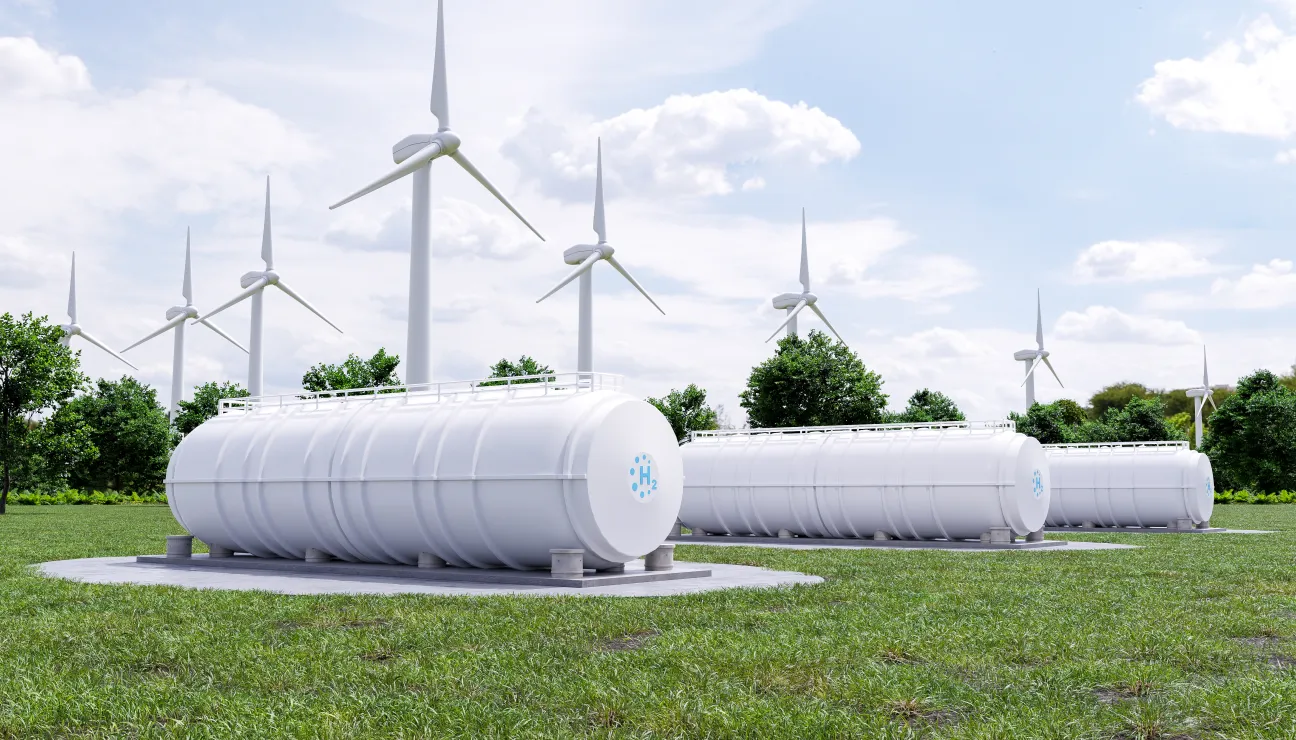The storage challenge: How to size batteries in renewable plants to maximize energy use?

The expansion of renewable energy generation in Spain has been so rapid that, in certain areas and time slots, the electricity grid is unable to absorb all the energy produced. This limitation, known as curtailment, forces the reduction or interruption of plant production, leading to economic losses and wasted clean energy. More and more developers are facing this situation: there is energy available for production, but it cannot be injected into the grid or marketed.
Storage as a solution: a new legal framework boosting hybridisation
In this context, battery storage is emerging as a key opportunity. It not only allows the use of energy that would otherwise be lost, but also adds operational flexibility, facilitates grid integration, and improves the overall profitability of projects. Incorporating batteries enables the storage of energy during times of low demand or grid saturation, and its release when the system needs it—maximising economic value. However, properly sizing a battery is a complex decision that requires analysing multiple technical, economic, and regulatory variables.
The new Royal Decree-Law 7/2025 strengthens this strategy by facilitating the hybridisation of renewable installations with storage systems. It removes administrative barriers (by granting them public utility status), simplifies environmental procedures in hybridisations, and acknowledges their key role in reducing curtailment and balancing the electrical system. This regulatory change offers a more favourable and stable framework for developers to adopt storage solutions, both in new plants and existing facilities. Moreover, it gives more prominence to technologies that contribute to system stability, positioning storage as an essential component in the energy transition.
Precise sizing: key to avoiding oversizing and losses
Integrating batteries to efficiently store energy requires a precise assessment. At CIRCE, we have developed an advanced tool based on a hybridisation algorithm that enables technically rigorous analysis of different possible configurations. This solution calculates the optimal battery size based on installed power, evacuation capacity, demand curves, the grid’s nodal capacity, and curtailment forecasts. It also evaluates the battery cost, total investment, expected cash flows, and project return—providing realistic projections through 2030.
This tool is complemented by CIRCE’s curtailment calculation and analysis solution, which allows for more accurate anticipation of critical congestion or curtailment moments, by cross-referencing data on demand, nodal capacity, and published infrastructure planning. Thanks to this integration, it is possible to make strategic decisions with greater certainty and adapt plant design to real operating conditions.
More power does not always mean more benefit, and a larger battery does not always deliver better results. The key lies in finding the balance between cost, capacity, and profitability, tailored to each location and use case. Moreover, by combining hybridisation data with curtailment scenarios, CIRCE’s tool helps anticipate when and under what conditions curtailment will occur—and how to avoid it with technically and economically viable solutions.
Technical support to maximise profitability in the face of curtailment
Storage is no longer an optional complement, but a key lever for profitability. The energy lost today could be the key to making a project viable—especially in areas with high renewable penetration or grid constraints.
For those developers considering adding storage to their renewable plants, or those seeking to analyse whether this solution can improve their project’s profitability, CIRCE offers validated data, robust tools, and a strategic vision focused on informed decision-making. Its technical team supports the evaluation of options, solution sizing, and investment optimisation.
Contact CIRCE and discover how to maximise the performance of your renewable installations with a tailored storage strategy.






